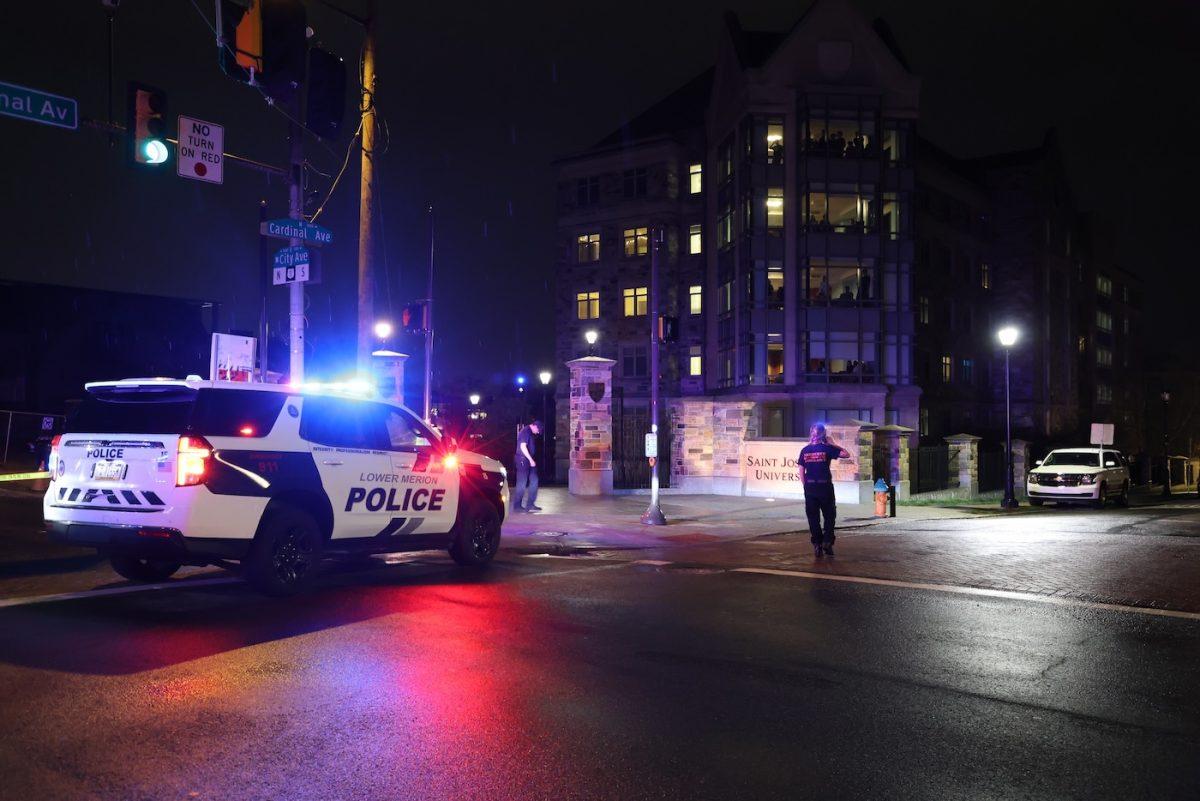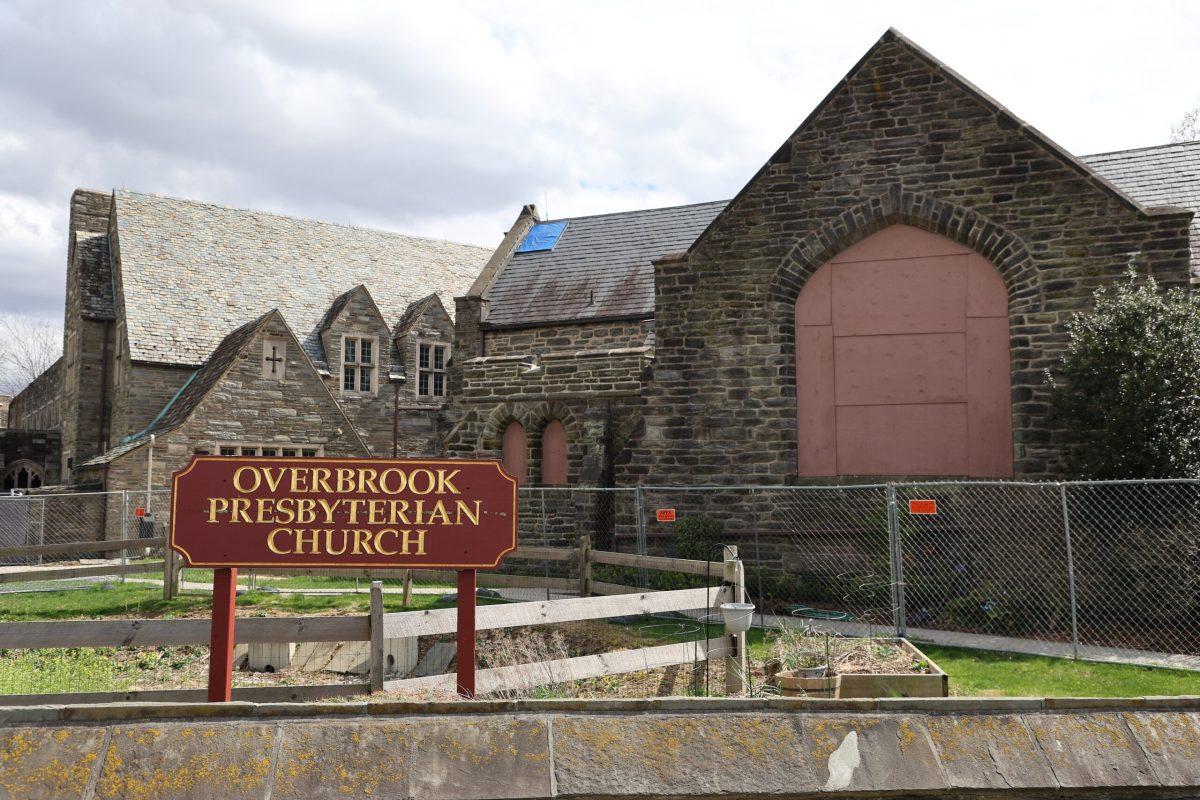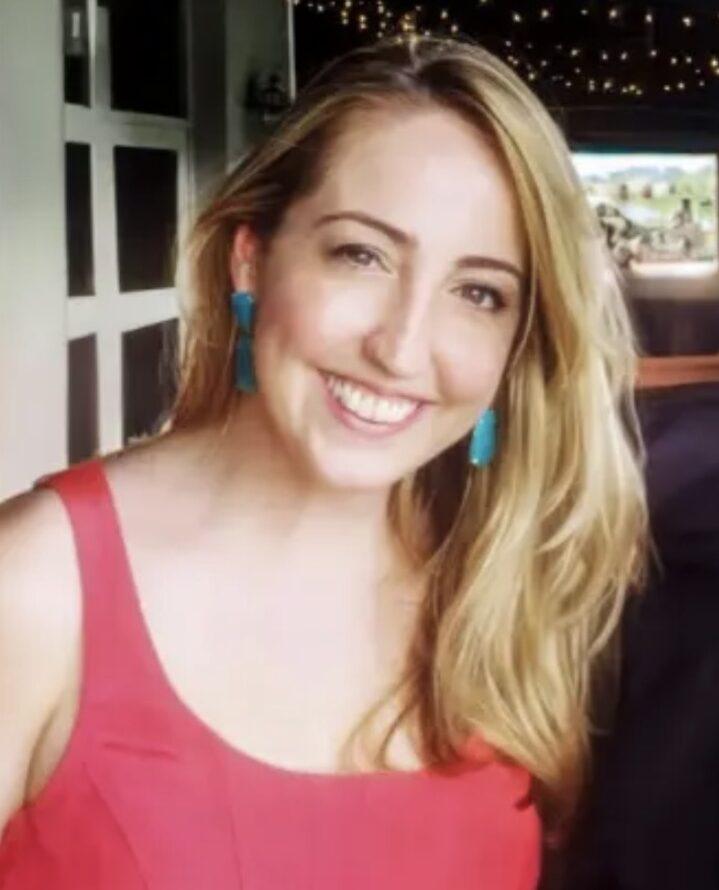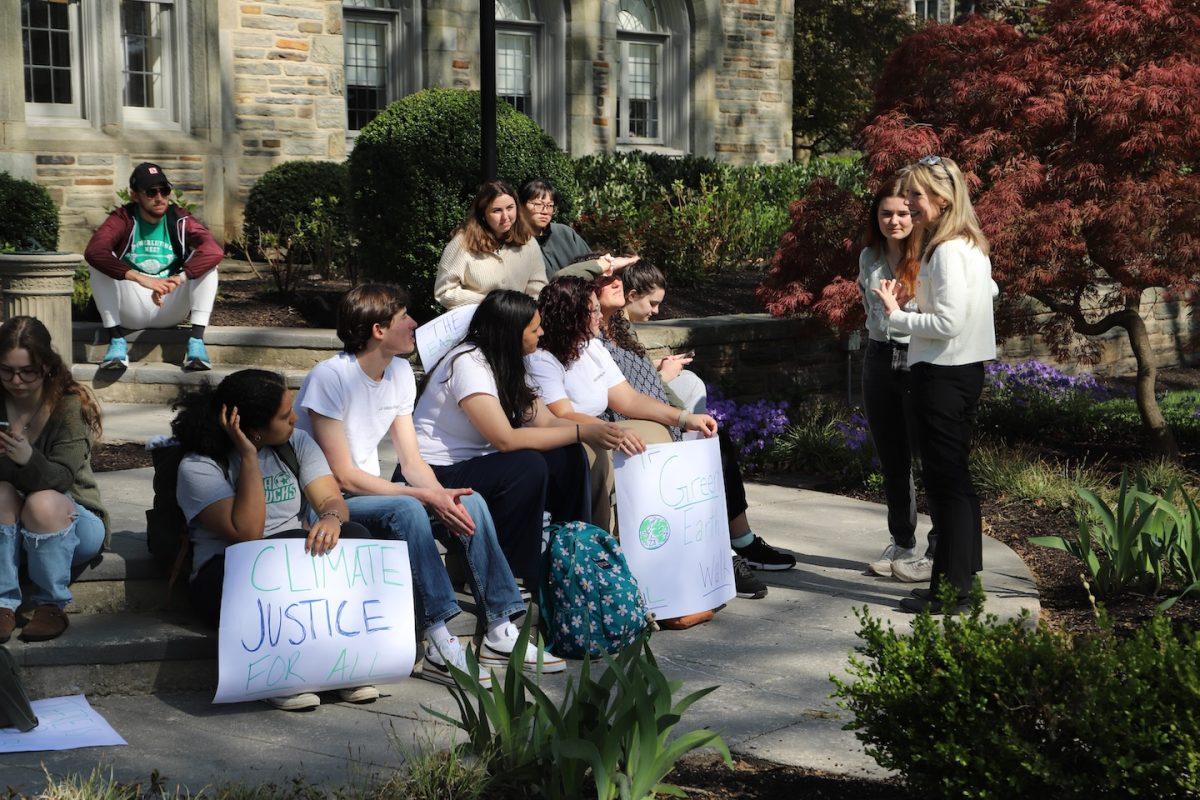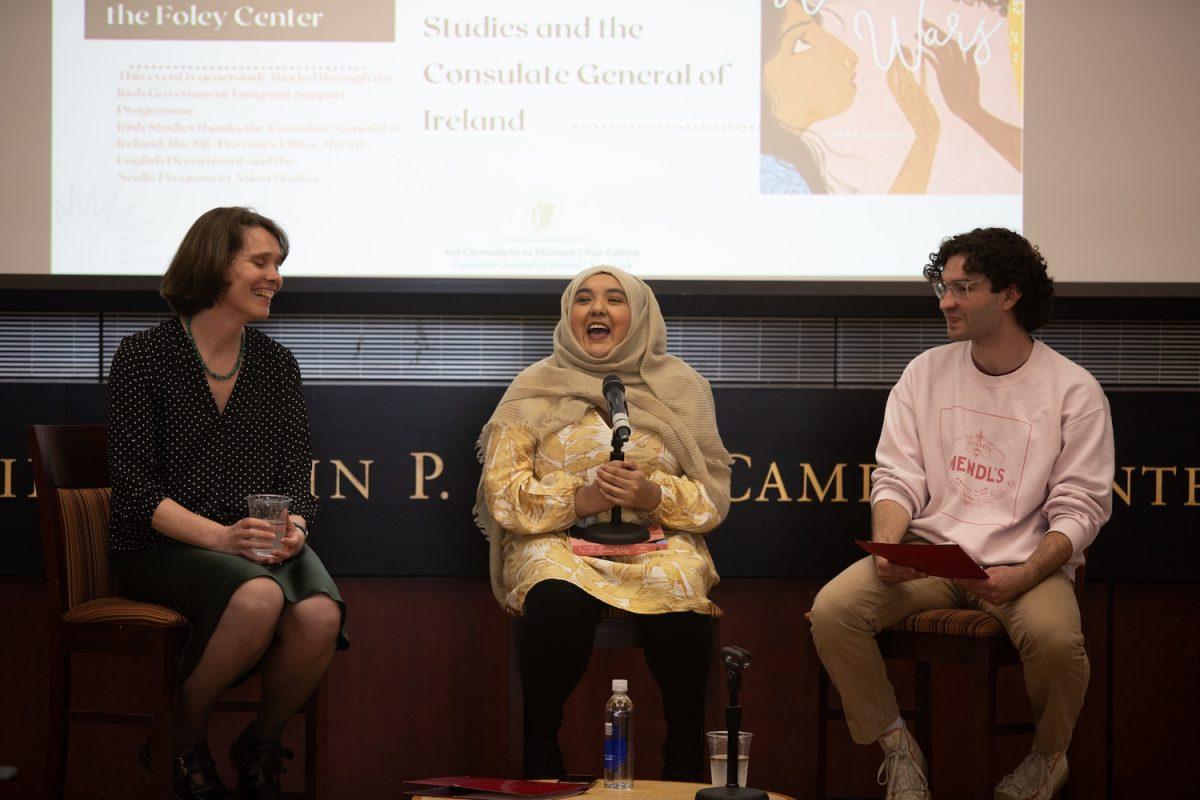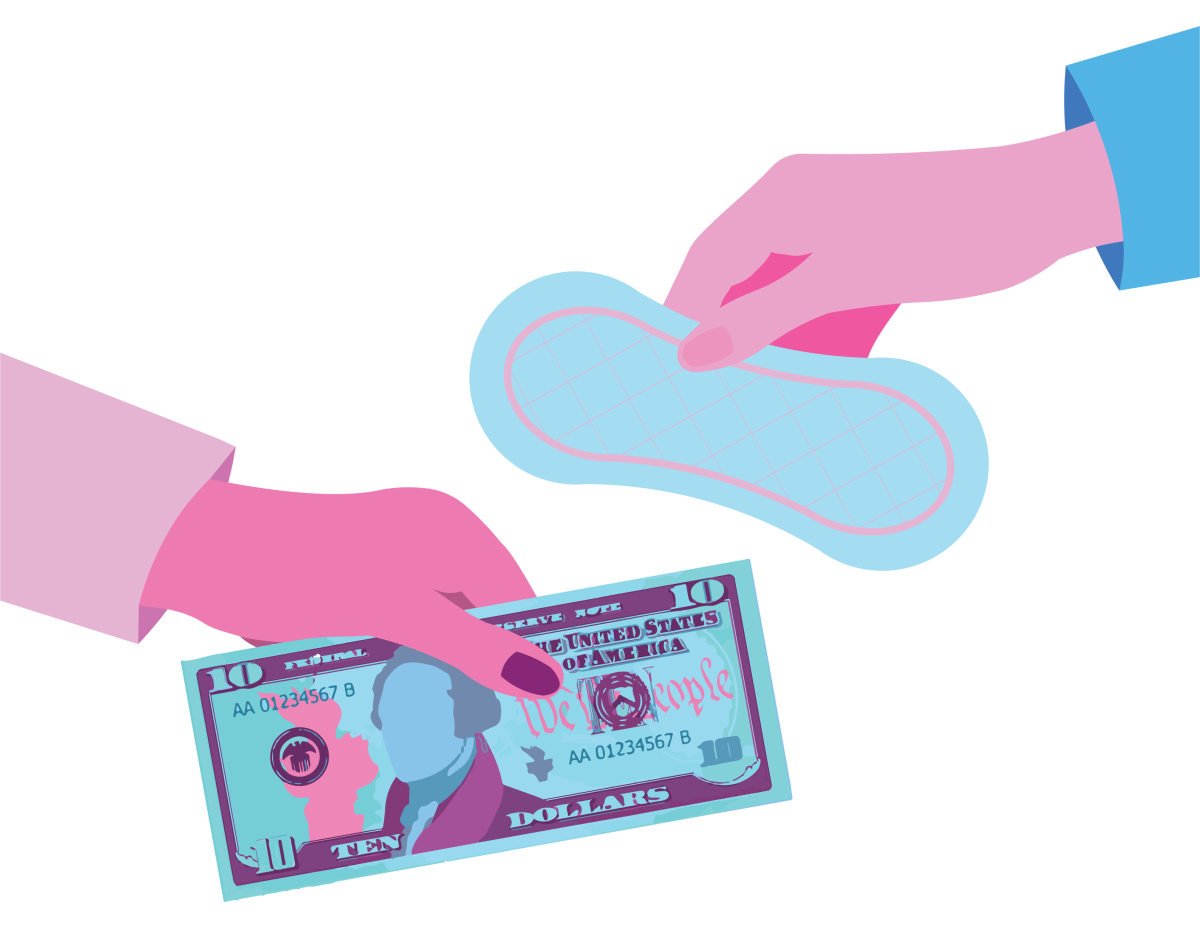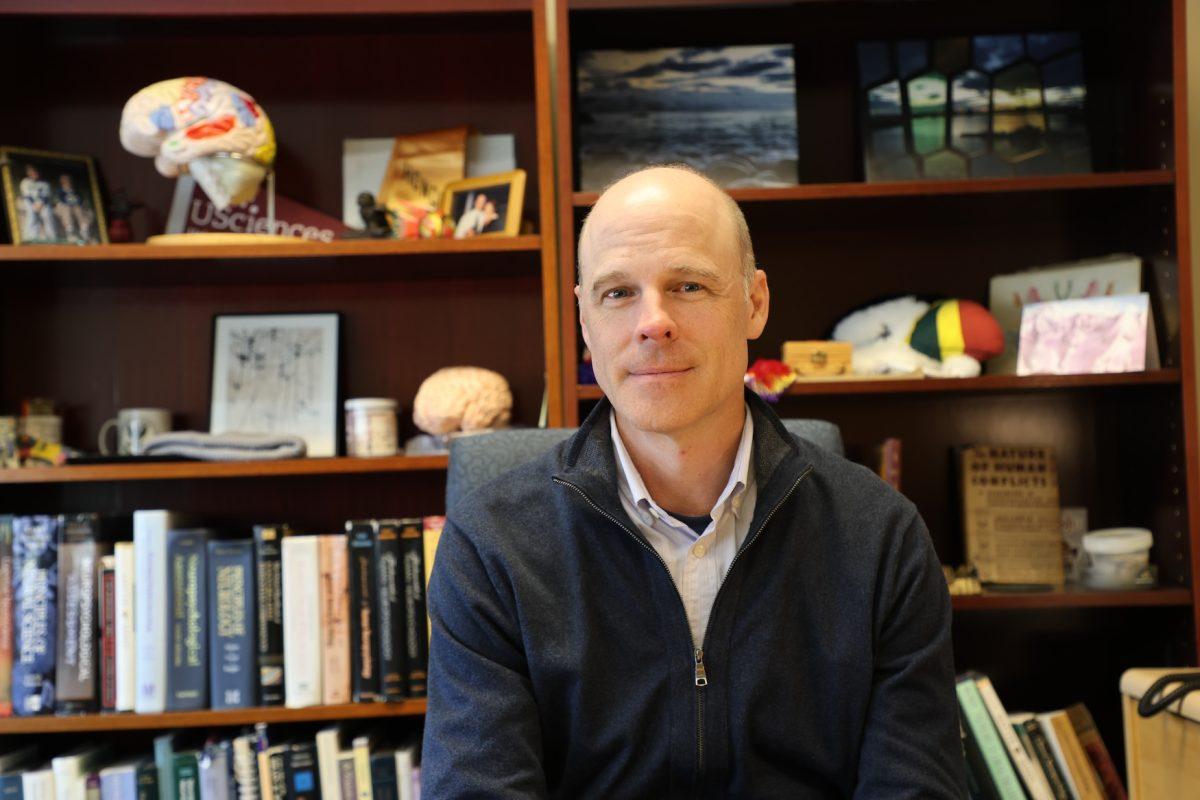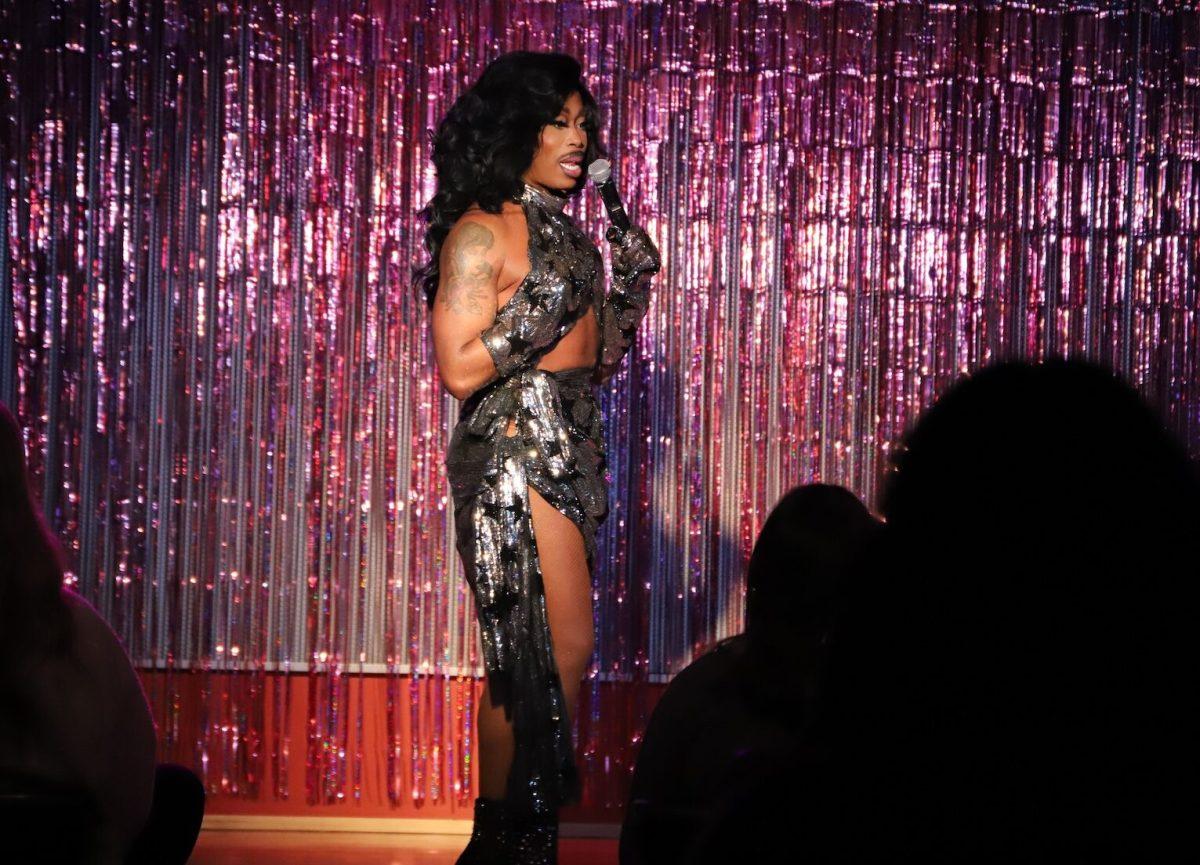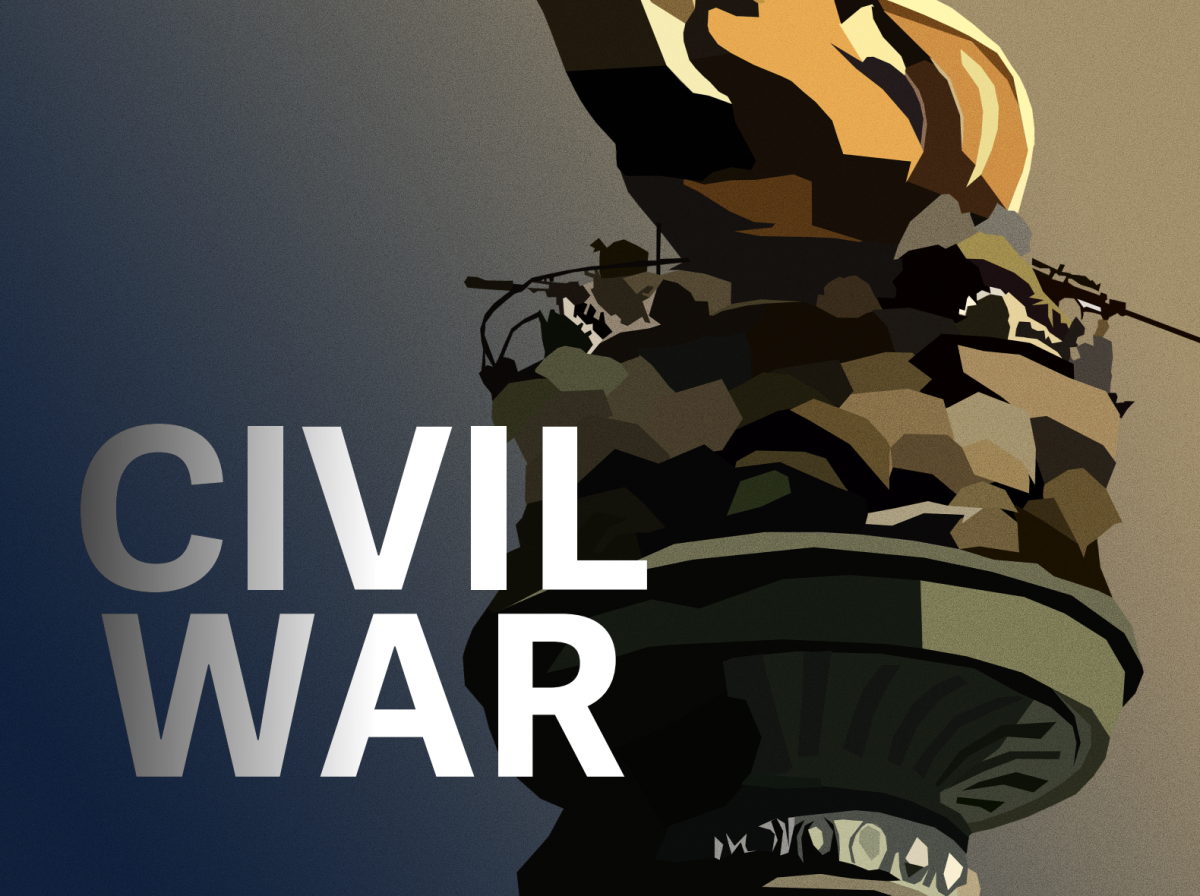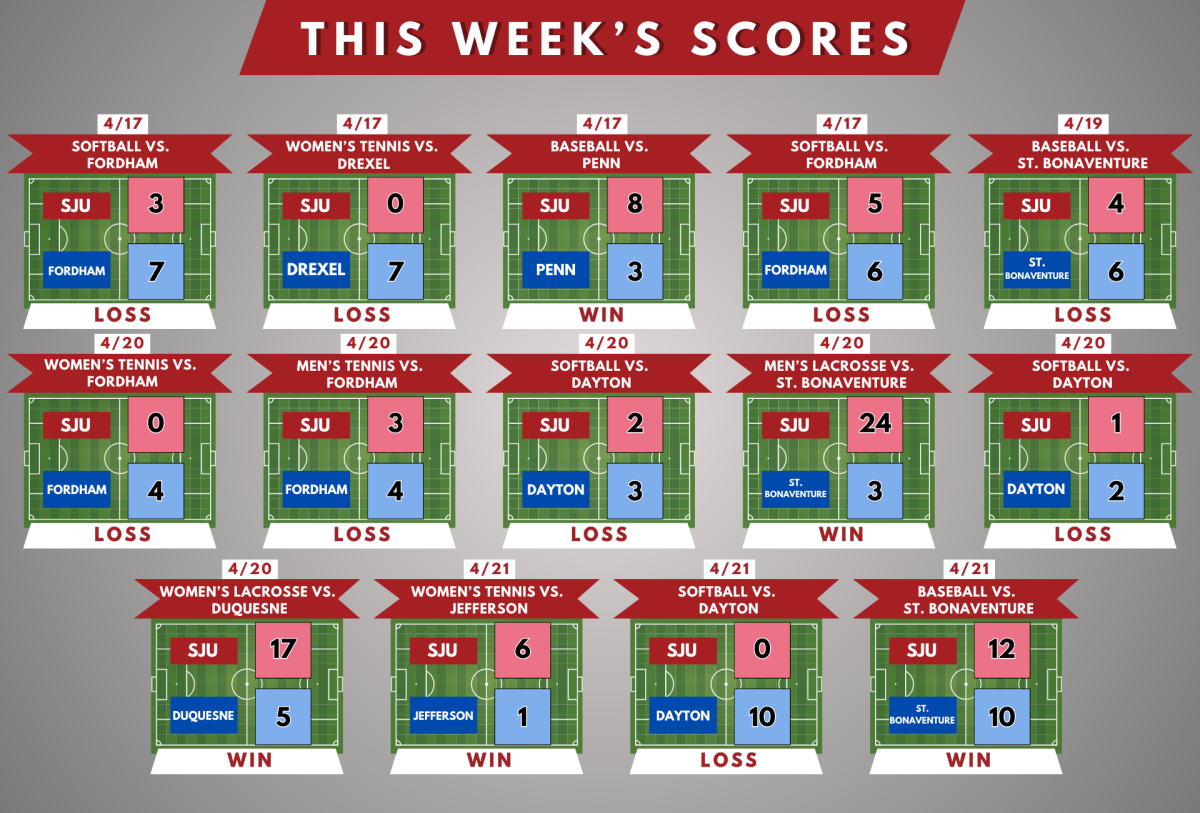PART ONE: Jesuit connections to the recent revelations at Georgetown
Last November students at Georgetown University sat in protest outside the office of their university president. They were sitting in solidarity to object the university’s recent announcement that a newly renovated residence hall would be named after a former Georgetown president, Thomas Mulledy, S.J.
Mulledy, a member of the Maryland Province Jesuits, authorized in 1838 the sale of all the Province’s 272 slaves to former Louisiana Governor Henry Johnson and his associate Jessie Batey.
According to the bill of sale, which is a running list of the people to be sold, some of their names and ages were as follows: “Sally a woman forty-four, Nancy a woman seventeen, Margaret a girl fifteen, David a boy fourteen, Eliza a girl twelve, Martha a girl five, Thomas a boy five, Sarah Anne a child one.”
The sale netted the Jesuits $115,000, which, in today’s world, translates to over $3 million.
A portion of that money was used to pay off Georgetown University’s debt. Ac- cording to a 2007 article in The Georgetown Voice, Georgetown’s student-run news magazine, the money from the sale was also used to invest in Xavier High School in New York City, Fordham University, and Saint Joseph’s University in Philadelphia.
“Much of the funding for these schools came from the ignoble sales,” Hubert Cloke, Ph.D., then dean at Georgetown, is quoted as saying in the article.
Cloke retired from Georgetown in 2013. The Hawk could not reach Cloke for further comment.
From their arrival in Maryland in 1634 until the sale of their slaves in 1838, the Jesuits used indentured servants and slave labor to help operate seven plantations that they owned in the Maryland territory. These plantations totaled almost 12,000 acres. Evidence suggests that, at least in the beginning, the Jesuits did not have a moral objection to owning slaves.
The Catholic Church, although opposed to slave trading because it involved the stealing of people, did not stand against slavery as an institution at that time, said Randall Miller, Ph.D., professor of history at St. Joe’s.
“The basic argument there was that slavery was not wrong,” Miller said. “Pro-slavery people could look to the Bible and point out in the Old Testament God allowed slavery, the Jews were enslaved. Slavery was a cultural given.”
On the plantations the Jesuits used the slaves to help them turn a profit, which they then used to fund their missionary activities, according to Craig Wilder, Ph.D., professor of history at Massachusetts Institute of Technology.
Wilder, who has written extensively about the institution of slavery in American history, including the connection between Catholic colleges and slavery, confirmed that the plantations were “used to support a whole range of the church’s activities which include schools.”
While the Catholic Church argued for the humane treatment of slaves and urged Catholic masters to make sure families were kept together and the slaves maintained their faith, that didn’t always happen, even on the Jesuit plantations.
Wilder said that the Jesuit plantations received many visitors from the Vatican who would report back on the state of the plantations. One priest, Wilder noted, spoke of violence on the plantations in one of his reports and made references to pregnant women being beaten.
By 1838, the plantations were mismanaged and inefficient, and the Jesuits were losing money instead of making it. General opinion of slavery had also started to turn at the time.
Wilder explained that the Catholic Church had begun to urge the Jesuits in Maryland to distance themselves from slavery. By 1843, the Church would ban slavery altogether at its missions.
“Not only was slavery hurting the reputation of the Catholic Church, it was getting the church involved in a sort of immoral economy,” said Wilder. “And it was also breaking the morality of the priests themselves.”
Although Georgetown’s—and the Maryland Jesuits’—connection to slavery has been well documented for decades, the story gained national attention recently as members of the Georgetown community sought to come to terms with this part of the university’s past.
“The specific inspiration for Georgetown was the renovation of Mulledy Hall, so that was going to be reopened, and the president said we need to think about this,” said Adam Rothman, Ph.D., associate professor of history at Georgetown. “It was a combination of scholarship, politics, and local dynamics that made this come to question.”
Rothman also credited Georgetown student Matthew Quallen with writing a number of pieces in The Hoya, Georgetown’s student newspaper, which contributed to a raised awareness of the issue.
Thomas Brennan, S.J., Ph.D., associate professor of English, completed his undergraduate degree at Georgetown and then went on to complete his Jesuit vocational training in Berkeley, California. When asked if the topic of Jesuits and slavery was highlighted during his training, he said that it was never a secret.
Brennan said the Society of Jesus has always been forthright about this topic and an examination of the documents and teachings of the Jesuits would reveal that the Jesuits encourage looking at injustice and sin as something bigger than the individual and part of a larger social structure.
“I think that understanding of sin tells us that this kind of history is going to get closer scrutiny because we’ve encouraged people to think in these terms,” Brennan said.
Georgetown, after pressure from the school community, announced in November 2015 that the school would change the names of two buildings, one named after Mulledy and the other after William McSherry, S.J., another Georgetown president who assisted with the sale of the slaves. The buildings are now named Freedom Hall and Remembrance Hall until more permanent names can be chosen.
The president of Georgetown University also tasked a Working Group on Slavery, Memory, and Reconciliation, which includes faculty and students, to help confront this part of Georgetown’s past and to see if any reparations can be made to any of the ancestors of the slaves who were sold.
A nonprofit group called the George- town Memory Project is also attempting to track down ancestors of the slaves sold in 1838.
For Wilder, the story at Georgetown is also connected to a larger awareness about the history of slavery in the United States.
“I think in the United States the history of slavery has largely been either erased or misrepresented,” he said. “We generally denied or diminished the role that slavery played in creating the North, in creating modern capitalism and in creating the Unit- ed States as we know it. Many of the institutions that we cherish, their connections to slavery, are starting to be revealed, and so I think it’s important, transformative even.”

